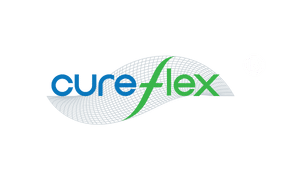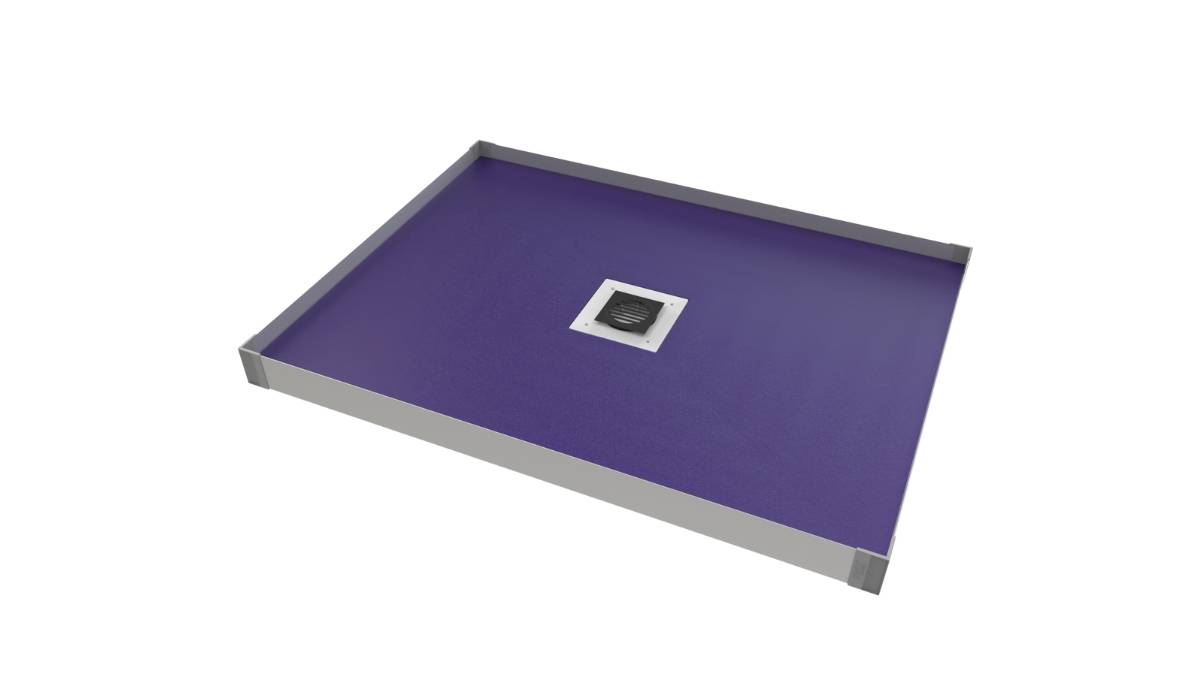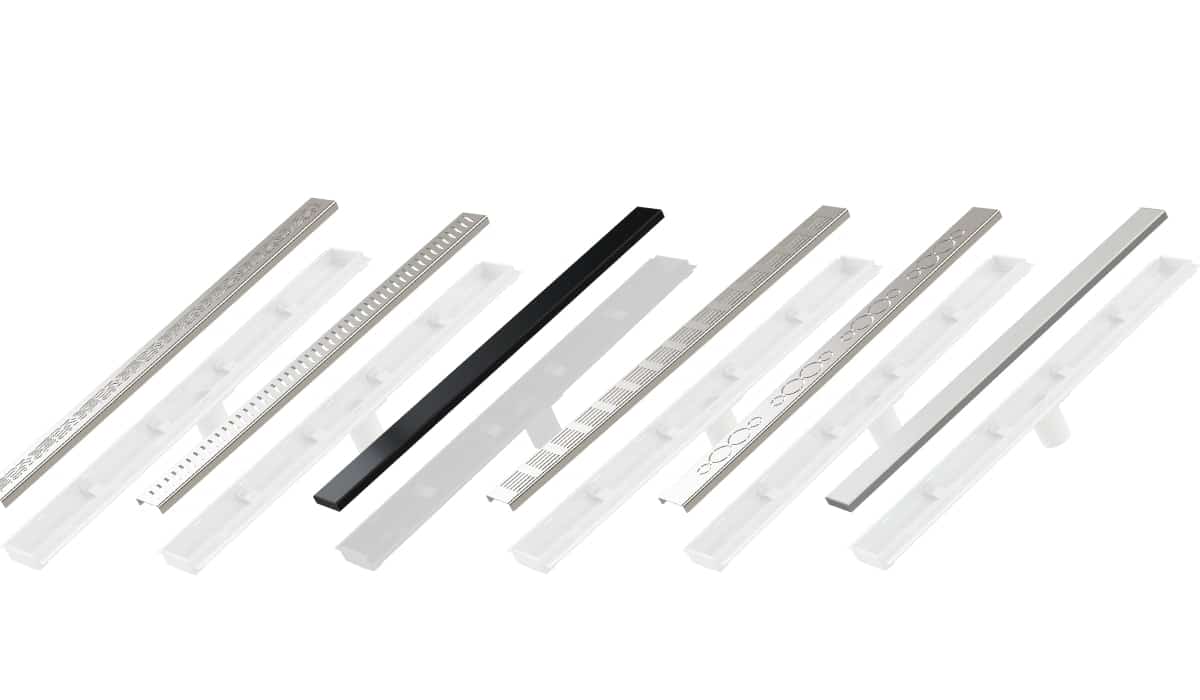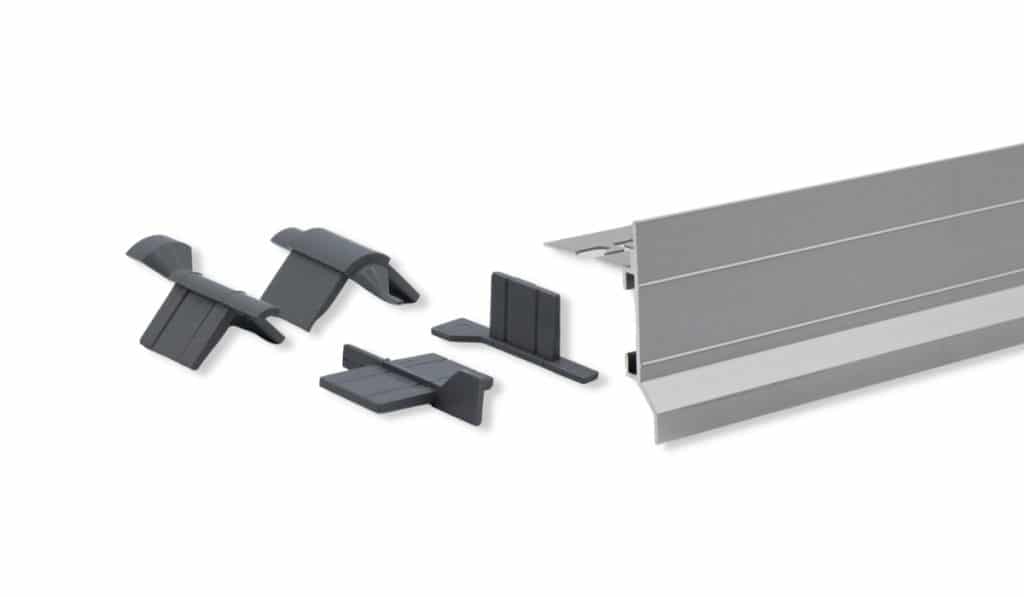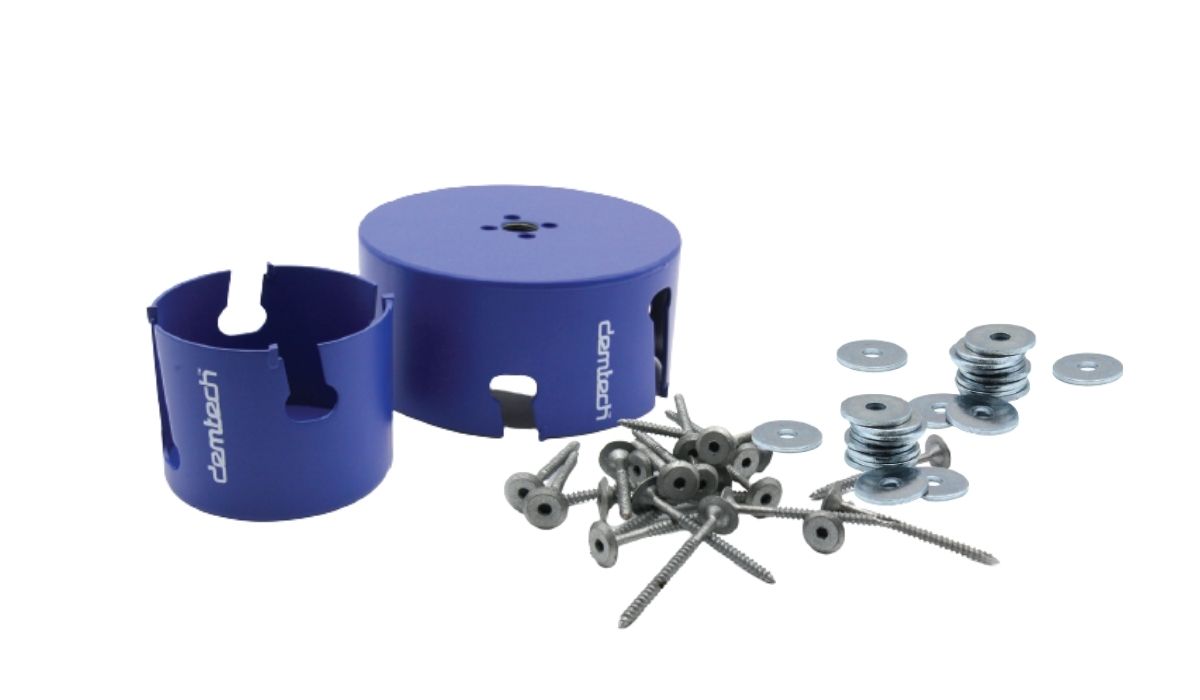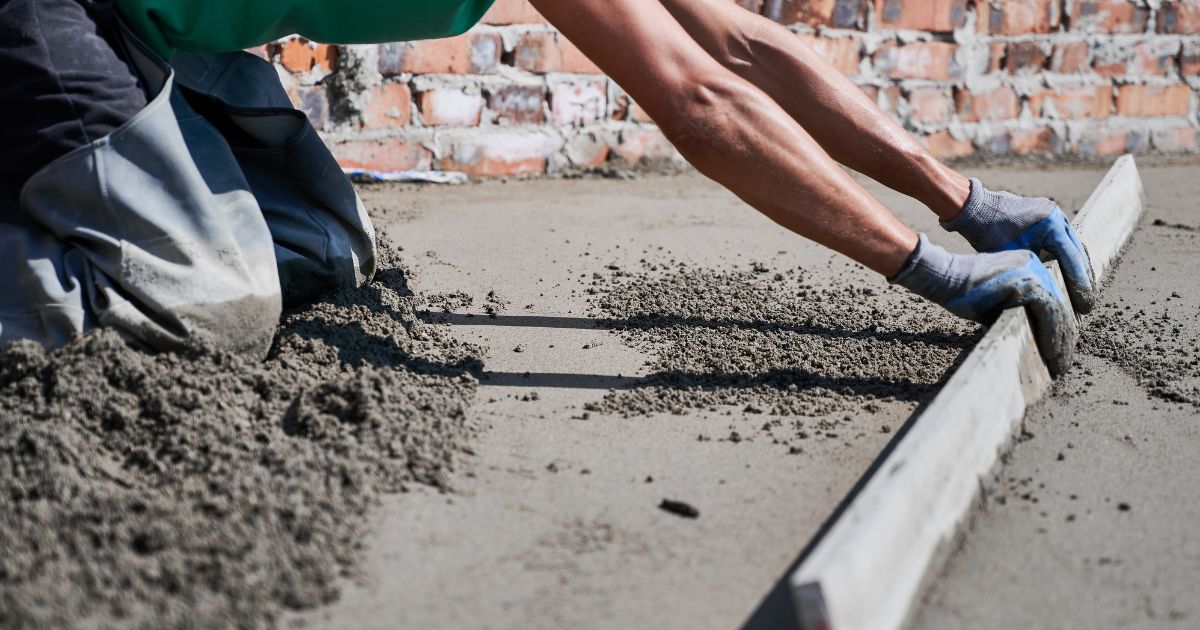When embarking on a balcony renovation, the selection of substrate is crucial. Not only does it create a safe and comfortable atmosphere within your outdoor area, but it also ensures adequate drainage of the area. To assist in your decision-making process, we’ve compared the two main options: Insitu pre-formed balcony panels and traditional screeding. Below are the key differences, advantages, and disadvantages of each choice to help you determine which is best suited for your project.
Screeding
Screeding has both advantages and disadvantages that should be considered before deciding on this flooring option. On the positive side, screeding is relatively affordable, making it a budget-friendly choice for those looking to save on upfront costs. Additionally, it offers versatility in customisation, allowing installers the flexibility to design unique shapes and sizes tailored to individual project needs.
However, there are several drawbacks to screeding. The process can be time-consuming, particularly for larger areas, due to the extensive preparation required. It is also labour-intensive, as the materials used are typically heavy, resulting in a physically demanding installation process. Moreover, screed is porous and retains moisture when exposed to water, which can lead to mould growth. The hard surface of screeding can amplify vibrations, contributing to increased noise levels in adjoining areas. If damaged or cracked, screeding can be difficult to repair, which can be inconvenient and costly, as it requires applying an entirely new layer. Furthermore, screeding is not inherently waterproof, so additional protective measures may be needed. Lastly, as the application of screed is done by hand, achieving a consistent mix and compliant falls can be challenging.
Pre-Formed Balcony Panels
Insitu pre-formed balcony panels offer numerous advantages that can enhance both installation efficiency and overall performance. One of the key benefits is their quick installation; these panels are specifically designed for ease of use, significantly reducing labour and minimising downtime for projects. Additionally, they are 100% impervious to water, eliminating concerns about water seeping into the floor and causing damage. The panels come with built-in falls, manufactured to meet and exceed Australian drainage standards, ensuring proper water flow. They are also CodeMark Certified, constructed from a high-density polyurethane known as Flexothane, which is engineered to minimise the risk of leaks. Furthermore, these panels boast impressive thermal and acoustic properties, as they can withstand extreme temperatures ranging from 50°C to 120°C while effectively dampening sound in inhabited areas. Their lightweight and innovative design not only reduces the need for heavy lifting but also speeds up the construction process.
However, it is important to also consider the drawbacks of pre-formed balcony panels. One notable con is their higher initial costs, as they are generally more expensive compared to traditional screeding methods. This aspect may be a consideration for budget-conscious projects.
In summary, both balcony panels and screeding have their own unique pros and cons. For those valuing quick installation, waterproof properties, and lightweight construction, pre-formed balcony panels may be the ideal choice, despite their higher cost. Alternatively, if you're on a budget, traditional screeding might be more suitable, keeping in mind the time and effort it demands.
When weighing your options, consider your specific project requirements, budget, and the aesthetic you want to achieve. With the right balcony substrate, you can elevate your outdoor area and enhance your balcony's overall design.





